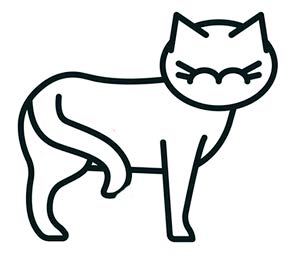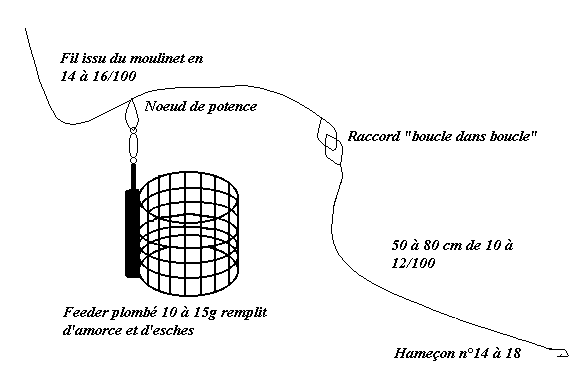

It may also be based on banshees and the bruxa, a vampire witch from Iberian folklore. Its apparent relative, Misdreavus, is Ariga's favorite Pokémon.Flutter Mane was designed by Hitoshi Ariga.Flutter Mane has the lowest base HP, Attack, and Defense stats of all Paradox Pokémon.

Flutter Mane has the highest base Special Defense stat of all Paradox Pokémon.Moves marked with a superscript game abbreviation can only be bred onto Flutter Mane in that game.Moves marked with a double dagger (‡) can only be bred from a Pokémon who learned the move in an earlier generation.This Pokémon learns no moves by breeding. Italic indicates a move that gets STAB only when used by an evolution of Flutter Mane.Bold indicates a move that gets STAB when used by Flutter Mane.If this Pokémon is given a Ring Target, the effectiveness of Dragon-type moves is 1×.If Foresight or Odor Sleuth is used by an opponent, the opponent has Scrappy, or this Pokémon is given a Ring Target, the effectiveness of Normal-type moves is 1× and the effectiveness of Fighting-type moves is ½×.Type effectiveness Under normal battle conditions in Generation IX, this Pokémon is: Maximum stats are calculated with 252 EVs, IVs of 31, and (if applicable) a helpful nature.Minimum stats are calculated with 0 EVs, IVs of 0, and (if applicable) a hindering nature.In side games Held items Stats Base stats Stat

Game locations This Pokémon was unavailable prior to Generation IX. It has similar features to a ghostly pterosaur that was covered in a paranormal magazine, but the two have little else in common. This Pokémon has characteristics similar to those of Flutter Mane, a creature mentioned in a certain book. In the anime Major appearances Minor appearances In the manga Game data Pokédex entries This Pokémon was unavailable prior to Generation IX. According to the magazine, eyewitness accounts initially described it as resembling a giant Misdreavus, albeit a highly fierce and aggressive one, and that some believe it to be a ghost of a pterosaur from a long-gone era. It is said to float around the sky at night with its long hair writhing about it. In an article from a May issue of Occulture magazine, it is stated that Flutter Mane's name was taken from a strange creature with a matching description appearing in the Scarlet Book. Its large eyes are yellow with red sclerae. In other cases, it could be apparent that your cat is trying to spray but no urine is coming out. If you’re unsure what that looks like, picture a rattlesnake’s tail when it is in motion. If your cat is excited to see you, it will approach you with its tail upright and the tip making quivering motions.

It has several round red gems around its neck and red spikes growing from the top of its head. Cats use their tails as a form of communication and the quivering caused by either excitement or anxiety is often mistaken for the tail shaking associated with spraying. Tail quivering is the feline equivalent of the smile we mentioned earlier. While it has no visible arms or legs, its lower half has several small appendages and resembles a ruffled dress and its hair resembles a set of arms with feathers. Pokémon Brilliant Diamond and Shining Pearlįlutter Mane is a dark bluish-green, ghost-like Pokémon.So next time your cat lands magically on his feet like a little gymnast, you’ll know it’s because of his tail (that you should only admire from afar!). “Unless you know for sure that a cat enjoys having their tail touched, it’s best to stick with petting the areas they do enjoy - usually the head, neck and shoulders.” “Most cats don’t like having their tail touched, although there are some cats out there who enjoy it (or at least tolerate it),” Dr. So instead of touching your cat’s tail, you should probably only pet your cat where he likes to be petted. “You can think of the tail as more like a fifth limb than just a tail.” “The tail is even equipped with similar withdrawal, flexion and other reflexes, which allow for it to be protected like a limb,” Dr. And your cat’s tail is extremely important, since he uses it to help him move, balance and communicate. Cats’ tails contain bones, muscles, tendons and ligaments, so they’re pretty sensitive. Your cat probably doesn’t like you touching his tail because he’s trying to protect an important part of his body. Why don’t cats like you touching their tails?


 0 kommentar(er)
0 kommentar(er)
